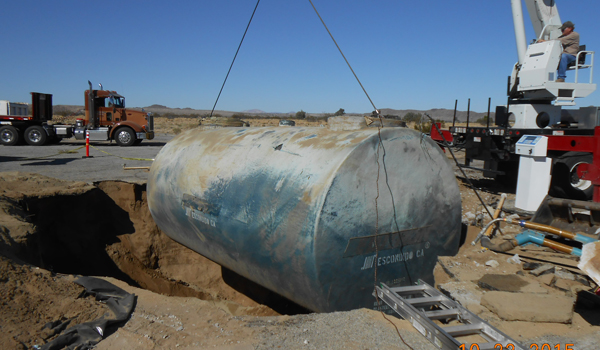If you're like most business owners, your first instinct when you hear about a potential environmental disaster is to investigate what caused it. After all, knowing the cause of a leak can help prevent future occurrences. Unfortunately, identifying the source of seepage can be difficult – even for experts. You can also avail the services of Underground Storage Tank Removal and UST Testing at Andersen.

UST Testing: What You Need To Know
The good news is that with the right tools and training, you can determine the cause of leaks quickly and responsibly. The UST (UMP) testing process is designed to identify potential sources of environmental contamination, including leaks from tanks and vessels.
When Should You Perform UST Testing?
UST testing should be performed whenever there is a potential environmental release or spill. This includes situations where there may be contaminants in water or air, or when there is evidence of tampering with equipment.
How Does UST Testing Work?
The UST test process begins by filling a tank or vessel with water and measuring the level of gas that escapes over time. This gas mixture contains different levels of pollutants, which allow specialists to identify potential sources of contamination.
Tank leaks are a common occurrence in the oil and gas industry. They can be caused by a variety of things, but most often they're the result of human error. SEAR is a socially responsible tank release management program that aims to prevent tank leaks from happening in the first place. Here's what you need to know to determine the cause of any potential tank leak.

